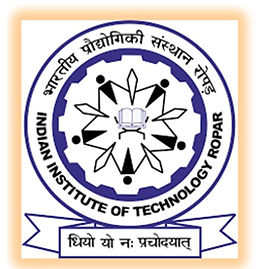top of page


ACS Research Group
Department of Chemistry, IIT Ropar
"Research is what I'm doing when I don't know what I'm doing."- Albert Einstein
Our research program centers around the development of sustainable chemical synthesis methodologies, utilizing transition metal catalysis, photoredox processes, and electro-photo redox catalysis. We aim to design a scaffold that holds possible potential in medicinal chemistry and material development.




"Research means that you don't know, but are willing to find out." -
Neil Armstrong, the first person to walk on the Moon, put it succinctly

Get in Touch
bottom of page